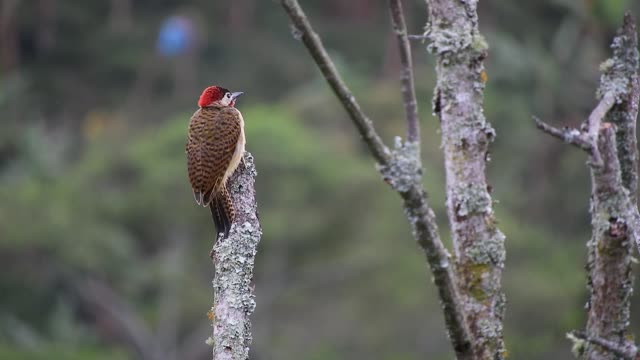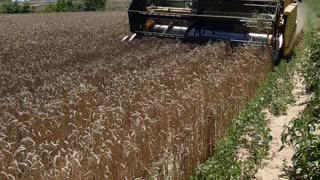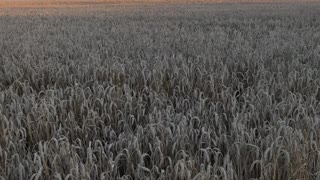Premium Only Content

New Holland Honey eater Fauna Bird
Honeyeaters are a diverse group of Australian birds belonging to the family Meliphagidae. One of their special characteristics is a 'brush-tipped' tongue, with which they take up nectar from flowers. However, nectar is only one of their foods. Most honeyeaters also eat insects, and some eat more insects than nectar. Many honeyeaters also feed on pollen, berries and sugary exudates (e.g. sap) of plants as well as the sugary secretions of plant bugs
Many honeyeaters are highly mobile, searching out seasonal nectar sources. Mass-flowering eucalypts are particularly popular with these nomadic honeyeaters (e.g. Yellow-faced Honeyeater, Yellow-tufted Honeyeater, White-naped Honeyeater). Other species are sedentary (e.g. Little Wattlebird, Eastern Spinebill) and some species are strongly territorial
Several different species of honeyeater often compete for plant resources in the same area, but the larger species tend to win the battles for access to flowers (e.g. Red Wattlebirds and Noisy Miners). However, some smaller species (e.g. Eastern Spinebills) can coexist with the large species because they don't need as much food and can 'sneak' into flowering plants if there is enough foliage cover for them to hide in.
Because gardeners tend to grow plants with large and long-lasting floral displays, urban areas can provide plenty of food for honeyeaters. However, it is often the large honeyeaters that dominate gardens. This is probably because there is often not enough dense shrubbery in gardens to provide cover for small species
-
 4:42
4:42
cnmascj
2 years agoOur New Holland Lop Bunnies!
5 -
 3:32
3:32
Out West Farming Ranching
2 years agoNew Holland Bale Wagon Loading Small Bales
3 -
 0:22
0:22
Everything its here
2 years ago $0.01 earnedHarvesting wheat with New Holland
10 -
 0:17
0:17
HJChannel
2 years agoHarvesting wheat with New Holland Part 2
9 -
 1:43:05
1:43:05
Adam Does Movies
8 hours ago $2.79 earnedGladiator II Spoiler Conversation With Hack The Movies
14.3K -
 24:10
24:10
Bwian
8 hours agoI Don't Know What I'm Doing in Fortnite, But I Still Won...
11.4K1 -
 19:30
19:30
DeVory Darkins
10 hours ago $37.52 earnedJoe Rogan MOCKS The View as Bill Maher HUMILIATES Woke Scientist
85.8K121 -

Scottish Viking Gaming
12 hours agoSUNDAY FUNDAY | Jump into my Sons of the Forest Game | DOO EET NOWWA!
86.8K1 -
 24:01
24:01
Winston Marshall
4 days agoThe TRUTH About The UK Farmer Protest What No One Is Talking About...
80K172 -
 3:21:56
3:21:56
Tate Speech by Andrew Tate
16 hours agoEMERGENCY MEETING EPISODE 93 - ME TOO!
283K179